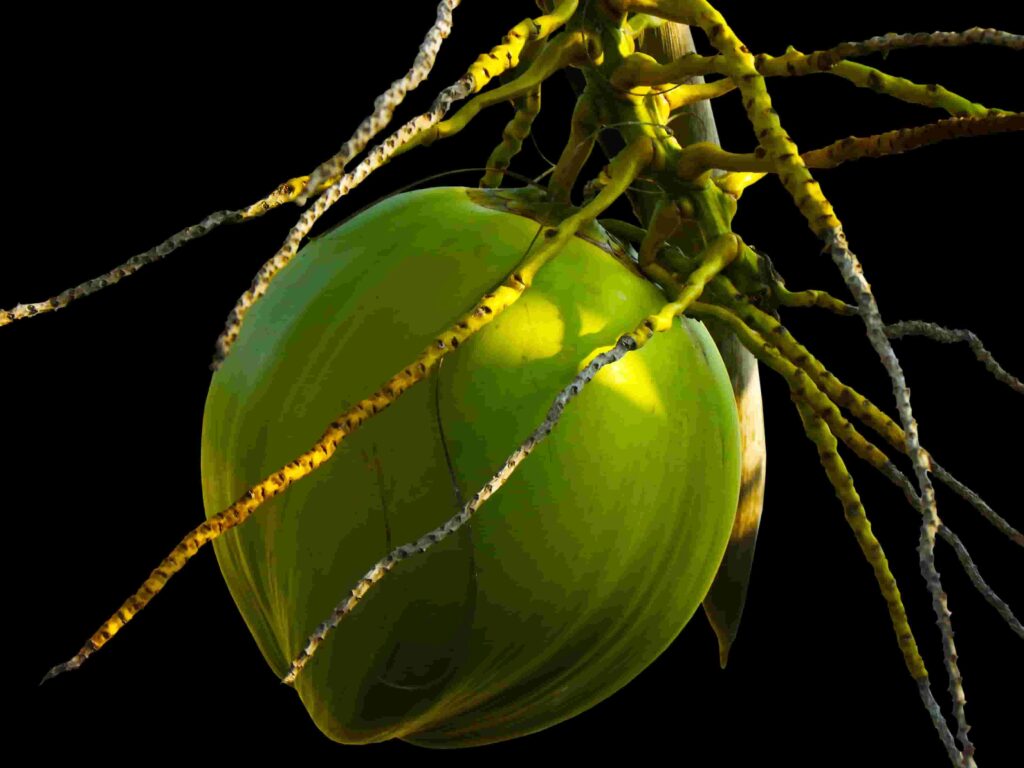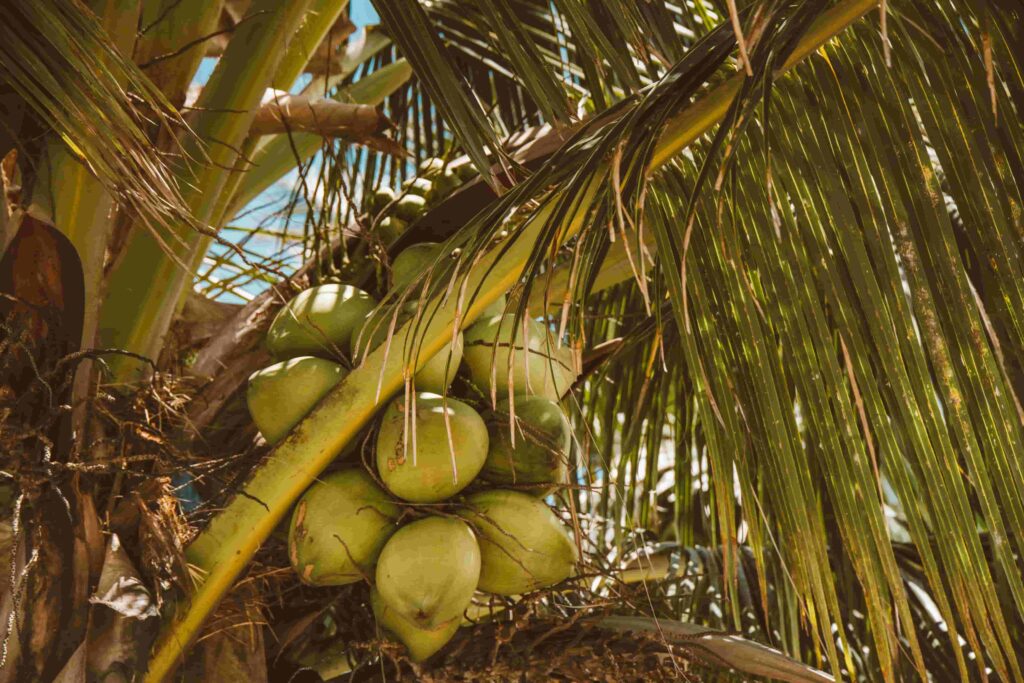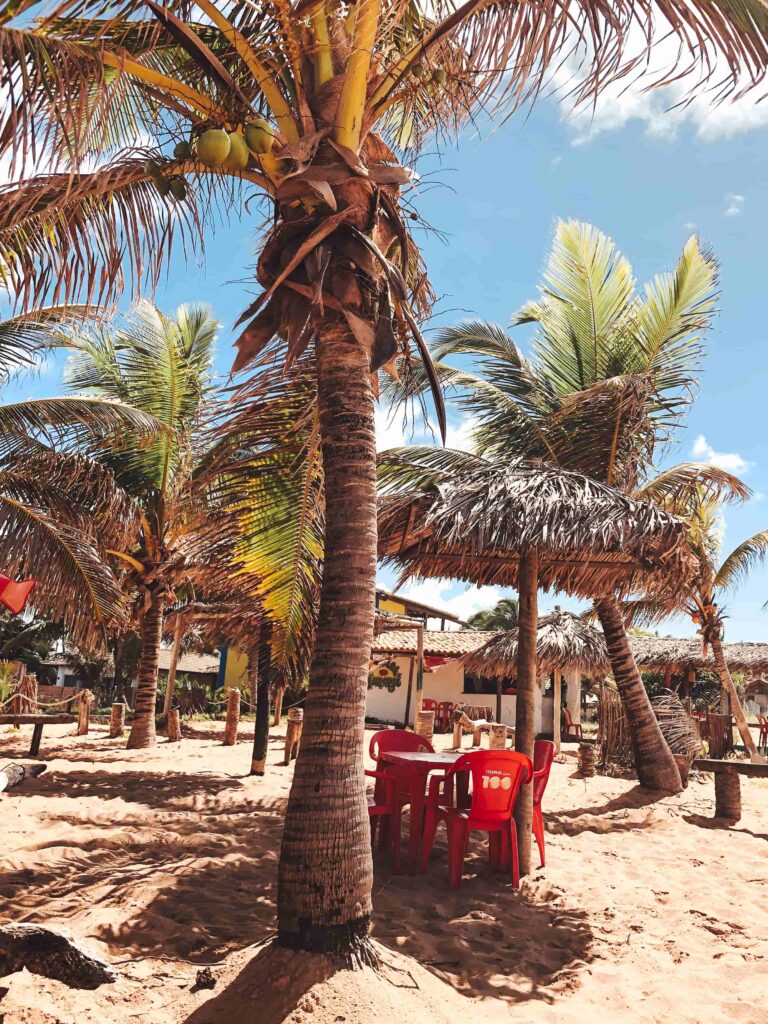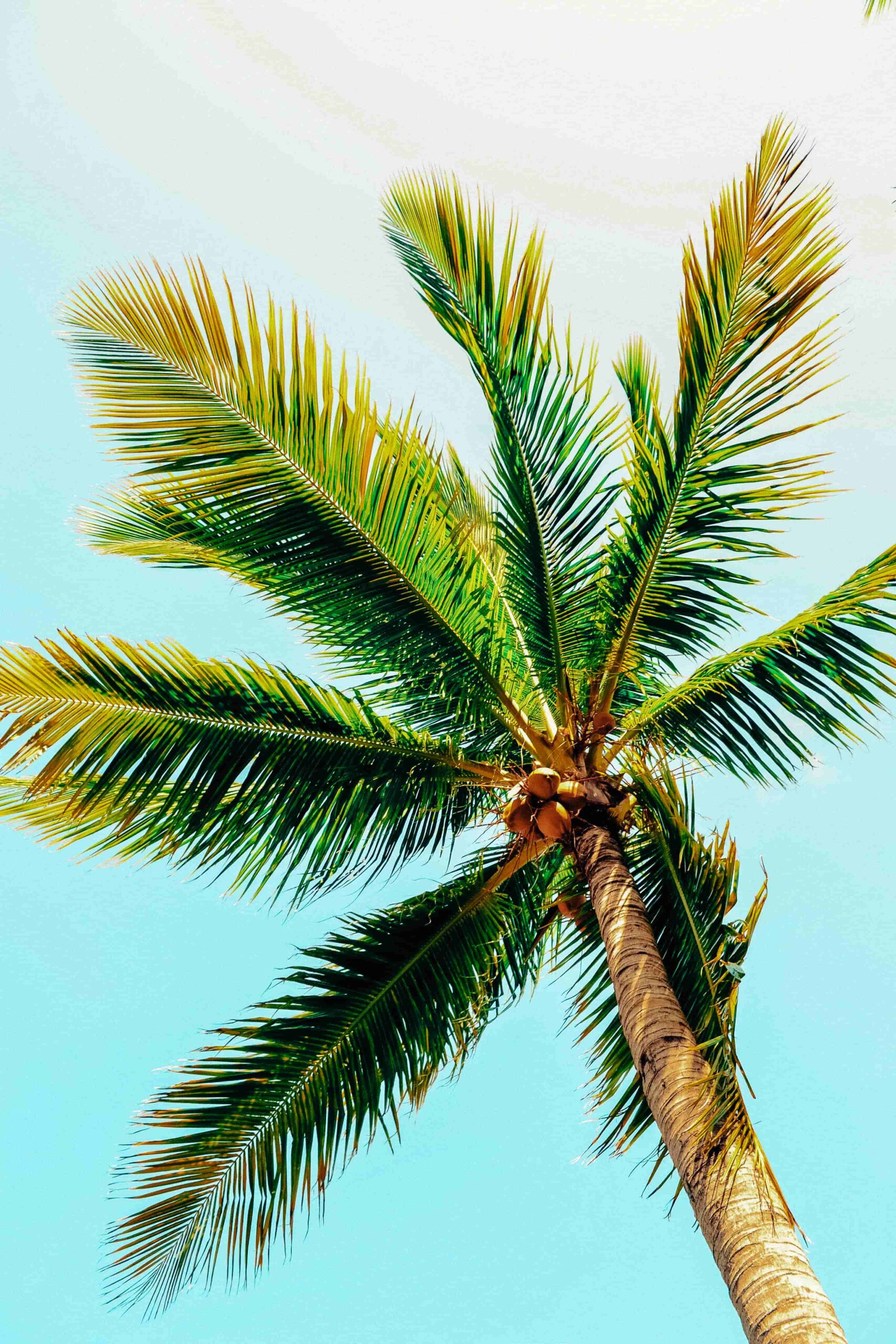Introduction
Coconut palm, scientifically known as Cocos nucifera, is a magnificent tree that has been cherished by civilizations for centuries. With its widespread presence across tropical regions, this versatile plant serves as a symbol of paradise, providing a multitude of benefits to both nature and humanity. From its refreshing water to its nutritious flesh, and its durable fibers to its versatile oil, the coconut palm offers an abundance of resources. In this article, we will delve into the multifaceted world of the coconut palm, uncovering its intriguing history, cultural significance, ecological contributions, and the wide array of valuable applications it presents. Join us on this journey to discover the wonders of this remarkable tree.
Table of Contents
- Introduction
- 1. Origins and Cultural Significance of Coconut Palm
- 2. Anatomy of the Coconut Palm
- 3. Nutritional Value of Coconuts
- 4. Harvesting and Processing Coconuts
- 5. Coconut Oil: A Versatile Elixir
- 6. Culinary Uses of Coconuts
- 7. Coconut Water: Nature’s Refreshing Beverage
- 8. Coconut Husk and Fiber Applications
- 9. Coconut Palm Wood: A Sustainable Resource
- 10. Medicinal Properties of Coconuts
- 11. Coconut Palm in Landscaping and Ornamental Use
- 12. Environmental Impact and Sustainability of Coconut Palm
- 13. Coconut Palm Challenges and Conservation Efforts
- 14. Interesting Facts about Coconuts
- Conclusion
- FAQs
1. Origins and Cultural Significance of Coconut Palm
The coconut palm has a rich history that can be traced back thousands of years. Emerging from the lush tropical realms of Southeast Asia, this grandiose tree has embarked on a remarkable journey, etching its enduring influence on an array of cultures and traditions across the globe. In many tropical countries, the coconut palm is considered the “Tree of Life” due to its multifaceted uses and significance. The coconut palm holds a vital position in upholding the welfare of local communities by supplying nourishment, refuge, and indispensable materials for artistic endeavors.
2. Anatomy of the Coconut Palm
The coconut palm is an impressive sight, with its tall, slender trunk reaching up to 100 feet in height. At the top, a crown of large, feathery leaves sways gracefully in the tropical breeze. The tree produces inflorescences that develop into coconuts, the iconic fruits of the coconut palm. Each coconut consists of a fibrous husk, a hard shell, and a juicy inner flesh that surrounds a refreshing liquid known as coconut water.
3. Nutritional Value of Coconuts

Coconuts are not only a delight to the taste buds but also brimming with essential nutrients. The flesh of the coconut is rich in healthy fats, fiber, vitamins, and minerals. It offers a sustainable energy source and serves as a valuable inclusion in a well-rounded diet. Additionally, coconut water is a natural electrolyte-rich beverage that hydrates the body and replenishes essential minerals.
4. Harvesting and Processing Coconuts
The process of harvesting coconuts requires skill and precision. Harvesters climb the towering coconut palms using specialized tools to pluck the mature coconuts. After harvesting, the coconuts undergo a series of processing steps to extract the flesh, water, and oil. This involves removing the husk, cracking the shell, and extracting the nutritious contents within.
5. Coconut Oil: A Versatile Elixir
Coconut oil is one of the most remarkable products derived from coconuts. It is renowned for its versatility and health benefits. With its elevated smoke point and delightful taste, coconut oil is extensively utilized in various culinary methods such as cooking, baking, and frying. Additionally, it has gained popularity in the beauty and wellness industry due to its moisturizing properties and potential health benefits.
6. Culinary Uses of Coconuts

Coconuts offer a plethora of culinary possibilities. The flesh can be grated, dried, or pressed to create coconut milk, cream, or flour. These ingredients are widely used in traditional dishes, desserts, and beverages around the world. From curries and smoothies to cakes and ice creams, the unique flavor and texture of coconuts add a delightful twist to various recipes.
7. Coconut Water: Nature’s Refreshing Beverage
Coconut water, often referred to as nature’s sports drink, is a refreshing and hydrating beverage. It is naturally low in calories and rich in electrolytes, making it an excellent choice for rehydration. Whether enjoyed fresh from a young green coconut or packaged for convenience, coconut water has gained popularity as a healthy alternative to sugary drinks.
8. Coconut Husk and Fiber Applications
The fibrous husk of coconuts serves as a valuable resource with numerous applications. The strong and durable fibers extracted from the husk can be spun into ropes, mats, brushes, and even used in the construction of eco-friendly products. Additionally, coconut coir, derived from the husk’s fibrous material, is widely used as a growing medium in horticulture and as a soil amendment.
9. Coconut Palm Wood: A Sustainable Resource
Coconut Palm wood, derived from the trunk of the coconut palm, possesses unique properties that make it suitable for various applications. It is a sustainable alternative to traditional hardwoods and can be used in furniture, handicrafts, and construction. By utilizing coconut wood, we can reduce the demand for timber from endangered forests and promote sustainable practices.
10. Medicinal Properties of Coconuts
Coconuts have been treasured for their medicinal properties in traditional medicine systems for centuries. The oil, water, and various parts of the coconut palm are believed to possess antibacterial, antiviral, and antifungal properties. They are used to treat ailments such as skin conditions, digestive disorders, and respiratory issues, showcasing the potential of nature’s pharmacy.
11. Coconut Palm in Landscaping and Ornamental Use

The beauty and elegance of the coconut palm make it a popular choice for landscaping and ornamental purposes. Its towering presence, graceful leaves, and vibrant fruits add a touch of tropical allure to gardens, parks, and resorts. The coconut palm’s ability to thrive in coastal areas further enhances its appeal as a landscaping element.
12. Environmental Impact and Sustainability of Coconut Palm
While the coconut palm offers a plethora of benefits, it is essential to consider its environmental impact and promote sustainable practices. The cultivation of coconuts should prioritize responsible land management, biodiversity conservation, and fair labor practices. By adopting sustainable farming techniques and supporting ethical production, we can ensure the long-term viability of this valuable resource.
13. Coconut Palm Challenges and Conservation Efforts
The coconut palm faces various challenges, including pests, diseases, and climate change. Efforts are underway to address these issues and protect the future of this iconic tree. Organizations, farmers, and researchers are collaborating to develop resilient coconut varieties, implement integrated pest management strategies, and mitigate the impact of climate change on coconut plantations.
14. Interesting Facts about Coconuts
- Coconuts can float in seawater for long distances, enabling them to disperse and colonize new areas.
- In some cultures, the coconut palm is considered a sacred tree, associated with fertility, prosperity, and protection.
- The water inside a young green coconut can be a sterile substitute for medical saline solutions in emergencies.
- Coconut shells can be used as natural bowls, utensils, and even musical instruments.
- The iconic image of a desert island with a single palm tree and coconuts has been popularized in literature and movies.
Conclusion
The coconut palm is a true wonder of nature, offering a remarkable array of resources and benefits. From its versatile fruits to its sustainable wood, every part of this tree holds value. The cultural significance, culinary delights, and medicinal properties of coconuts have captivated humanity for generations. As we continue to explore and appreciate the wonders of the natural world, let us embrace the coconut palm as a symbol of resilience, sustainability, and the beauty of tropical landscapes.
FAQs
Can coconut oil be used for skincare?
Yes, coconut oil is commonly used in skincare due to its moisturizing and nourishing properties. It can be used as a natural moisturizer, makeup remover, and even as a hair conditioner.
Are coconuts high in calories?
Coconuts are relatively high in calories due to their healthy fat content. However, they also provide essential nutrients and can be enjoyed as part of a balanced diet.
Are all coconuts brown in color?
No, coconuts change color as they mature. Young coconuts are usually green, while mature coconuts turn brown.
Is coconut water a good source of hydration for athletes?
Yes, coconut water is an excellent natural source of hydration for athletes due to its electrolyte content. It helps replenish minerals lost during physical activity.
How long does it take for a coconut palm to bear fruit?
On average, a coconut palm takes about 6 to 10 years to produce its first fruits, depending on the growing conditions and variety.


1 thought on “Coconut Palm: Nature’s Amazing Treasure”